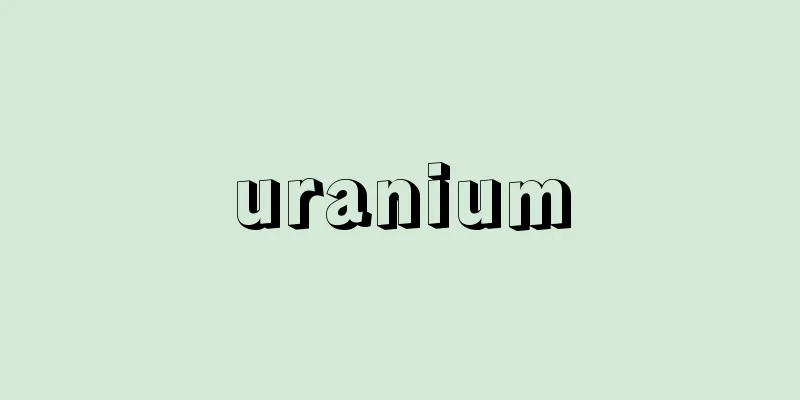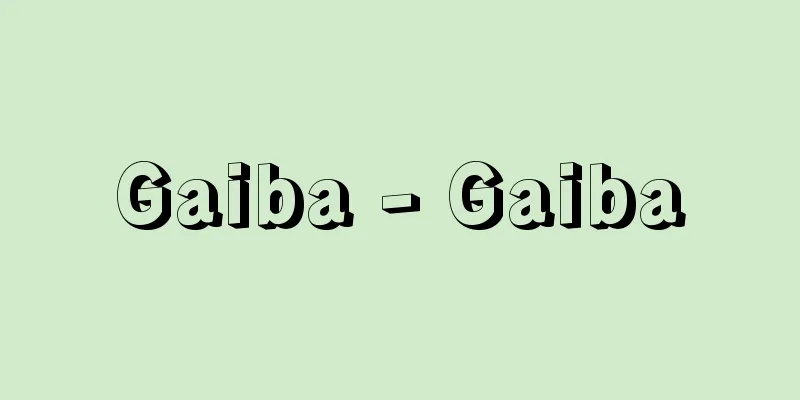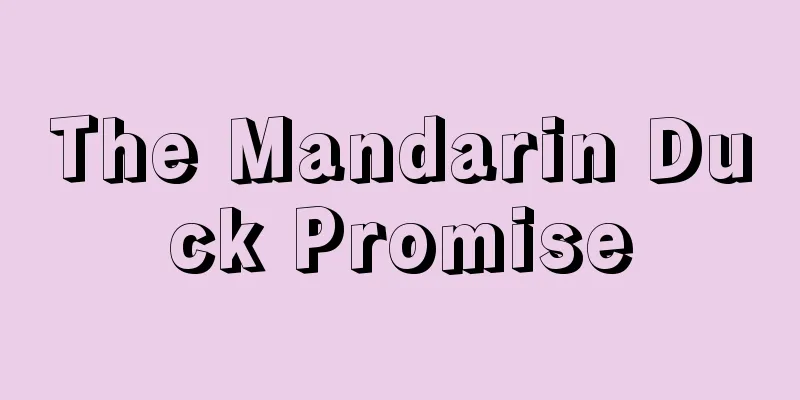uranium

|
U. An element with atomic number 92. It is an actinide element in group 3 of the periodic table with the electron configuration [Rn] 5f36d17s2 . Atomic weight 238.02891(3). Naturally occurring isotopes include 234U0.0055 (2)%, 235U0.7200 (51)%, and 238U99.2745 (106)%. Nuclides with mass numbers between 217 and 242 are known. All are radioactive. The half-lives are 2.455× 105y (alpha decay) for 234U , 2.038 × 108y (alpha decay), and 4.468 × 109y (alpha decay) for 238U. A small proportion of all three nuclides decay by spontaneous fission. It has the largest atomic number of any element that has existed since the creation of the Earth. Its existence in uraninite was predicted by MH Klaproth in 1789. It was named after the planet Uranus, which was discovered around the same time. The Japanese name for the element comes from the German name. In his book "Semitsu Kaisou" published in 1837, Udagawa Yoan called it uranium. The first isolation of the metal was by EM Péligot in 1841. The existence of radioactivity was first recognized by AH Becquerel in 1896. Nuclear fission was confirmed by O. Hahn and F. Strassmann in 1939. Source: Morikita Publishing "Chemical Dictionary (2nd Edition)" Information about the Chemical Dictionary 2nd Edition |
|
U.原子番号92の元素.電子配置[Rn]5f 36d17s2の周期表3族アクチノイド元素.原子量238.02891(3).天然には,234U0.0055(2)%,235U0.7200(51)%,238U99.2745(106)% の同位体核種が存在する.質量数217~242の核種が知られている.いずれも放射性.半減期は234U2.455×105 y(α崩壊),235U2.038×108 y(α崩壊),238U4.468×109 y(α崩壊).3核種ともごく一部,自発核分裂で崩壊する.地球創世期から存在する元素として最大の原子番号をもつ.1789年,M.H. Klaprothによりせんウラン鉱(pitchblend,uranite)中に存在が推定された.同じころに発見された天王星“uranus”にちなんで命名された.日本語の元素名はドイツ語名から.宇田川榕菴は天保8年(1837年)に出版した「舎密開宗」で,烏刺紐母(ウラニウム)としている.金属としての最初の分離は,1841年,E-M. Péligotによる.放射能の存在は,1896年,A.H. Becquerel(ベクレル)によってはじめて認識された.核分裂の確認は,1939年,O. Hahn(ハーン)とF. Strassmannによる. 出典 森北出版「化学辞典(第2版)」化学辞典 第2版について 情報 |
Recommend
Willpower - Intention
Legally, the mental capacity to determine the mea...
Treaty of Kiel
On January 14, 1814, in Kiel (now Germany), a Dan...
Kamenote (Tortoise Paw) - Kamenote (English spelling) Mitella mitella
A small crustacean of the Cirripedidae family (ill...
Onychogalea
…Among the mammals belonging to the marsupial fam...
Tomasi di Lampedusa, G. (English spelling) TomasidiLampedusaG
...Berga's poetic prose, based on the everyda...
Khalkha - Haruha (English spelling)
The name of a Mongolian tribe and place. During t...
Einfühlung (English spelling)
...When we come face to face with other people, a...
Consonant interval
A musical term. The degree of consonance or disson...
Götz, JN (English spelling) GotzJN
...Its influence extends widely from Goethe to th...
James Augustine Aloysius Joyce
Irish novelist. Along with Proust, he was one of ...
Monthly Review
…He studied at Harvard, London, and Vienna, and l...
ATS - ATS (English name) ATS Co., Ltd.
Official company name: ATS Co., Ltd. English compa...
Matthiola incana; gillyflower
A perennial plant of the Brassicaceae family. Nati...
Milori blue (English spelling)
…A type of blue inorganic pigment. It was invente...
Giant folds - Giant folds
…On the other hand, when stomach-specific cells p...









